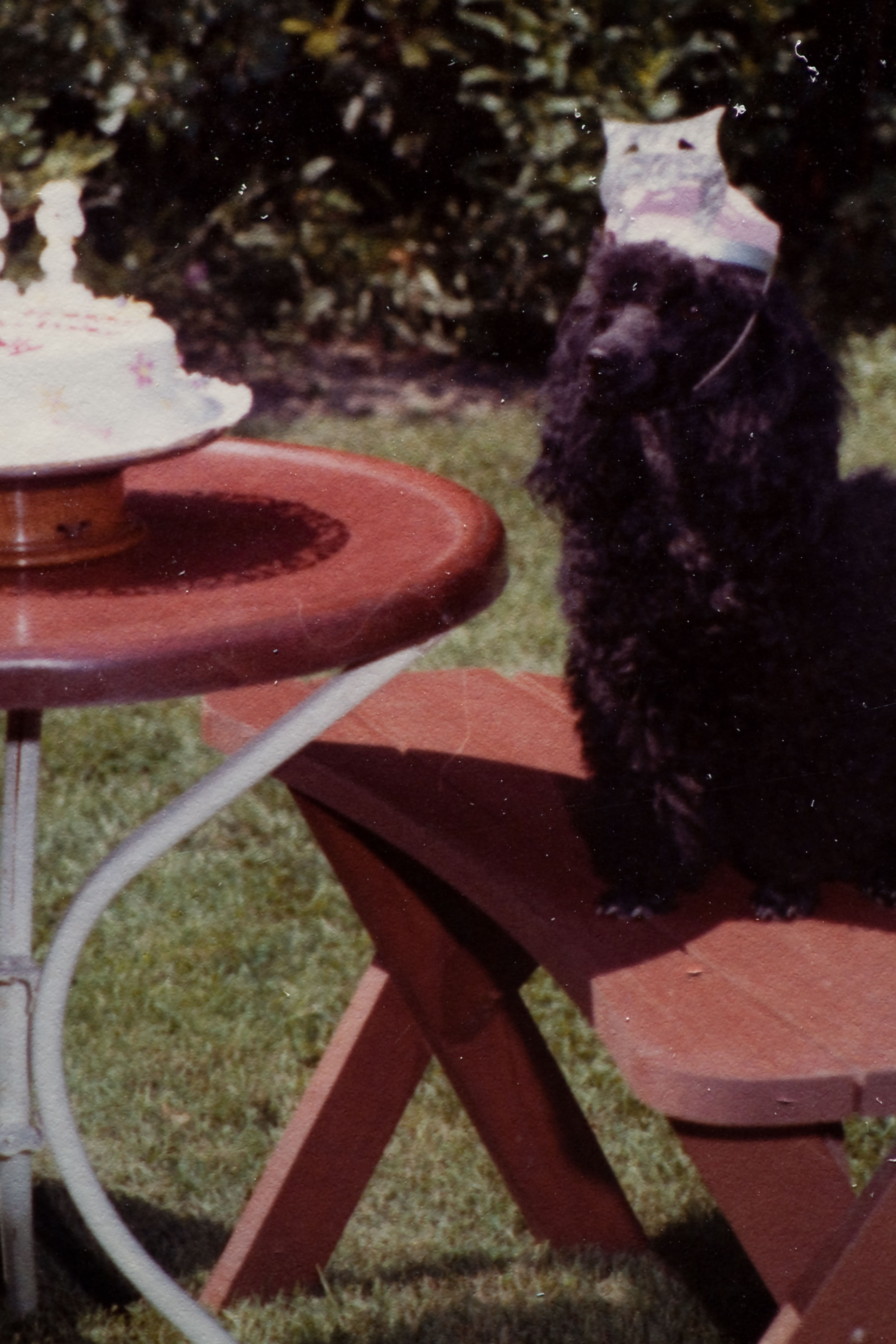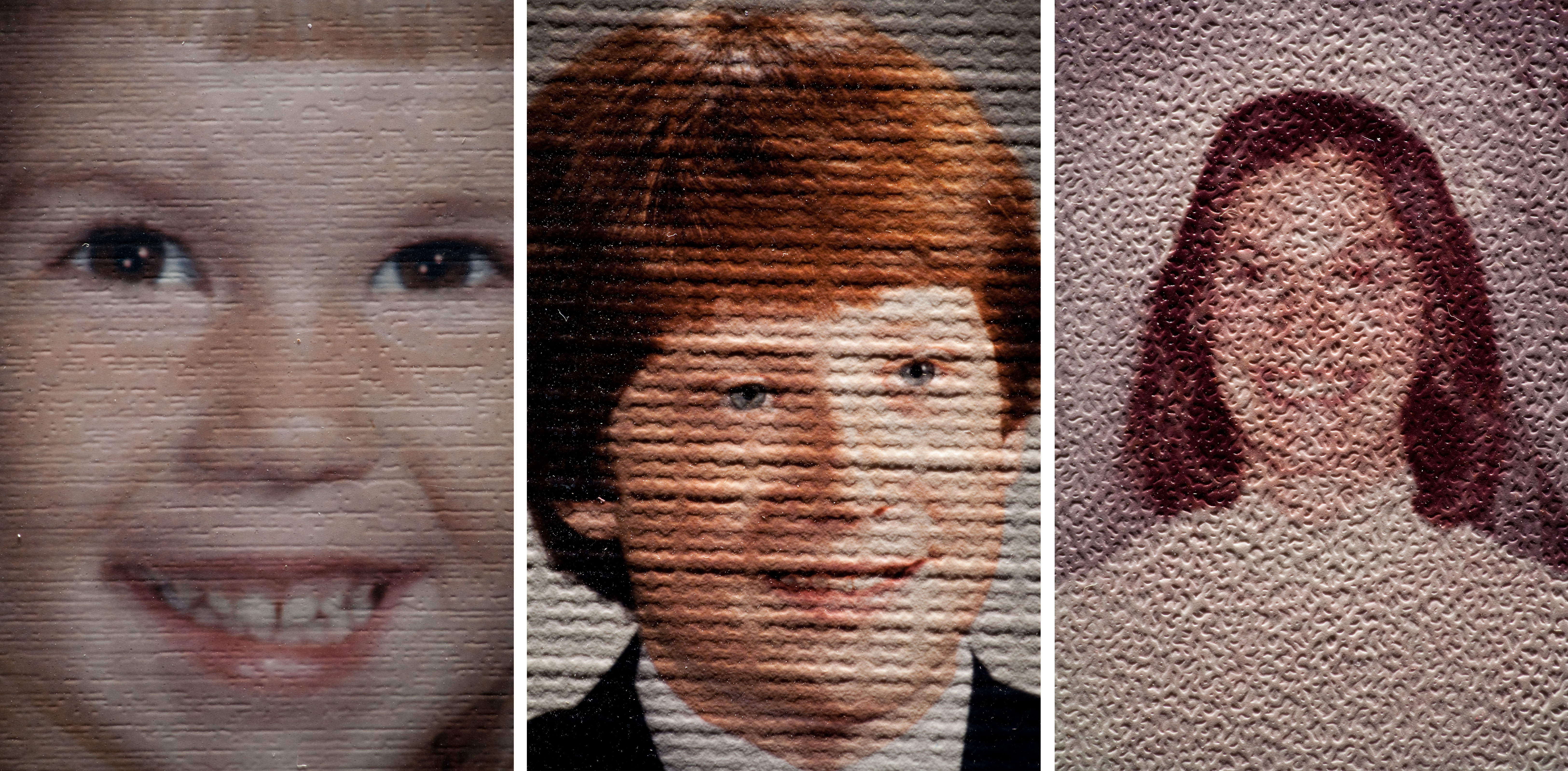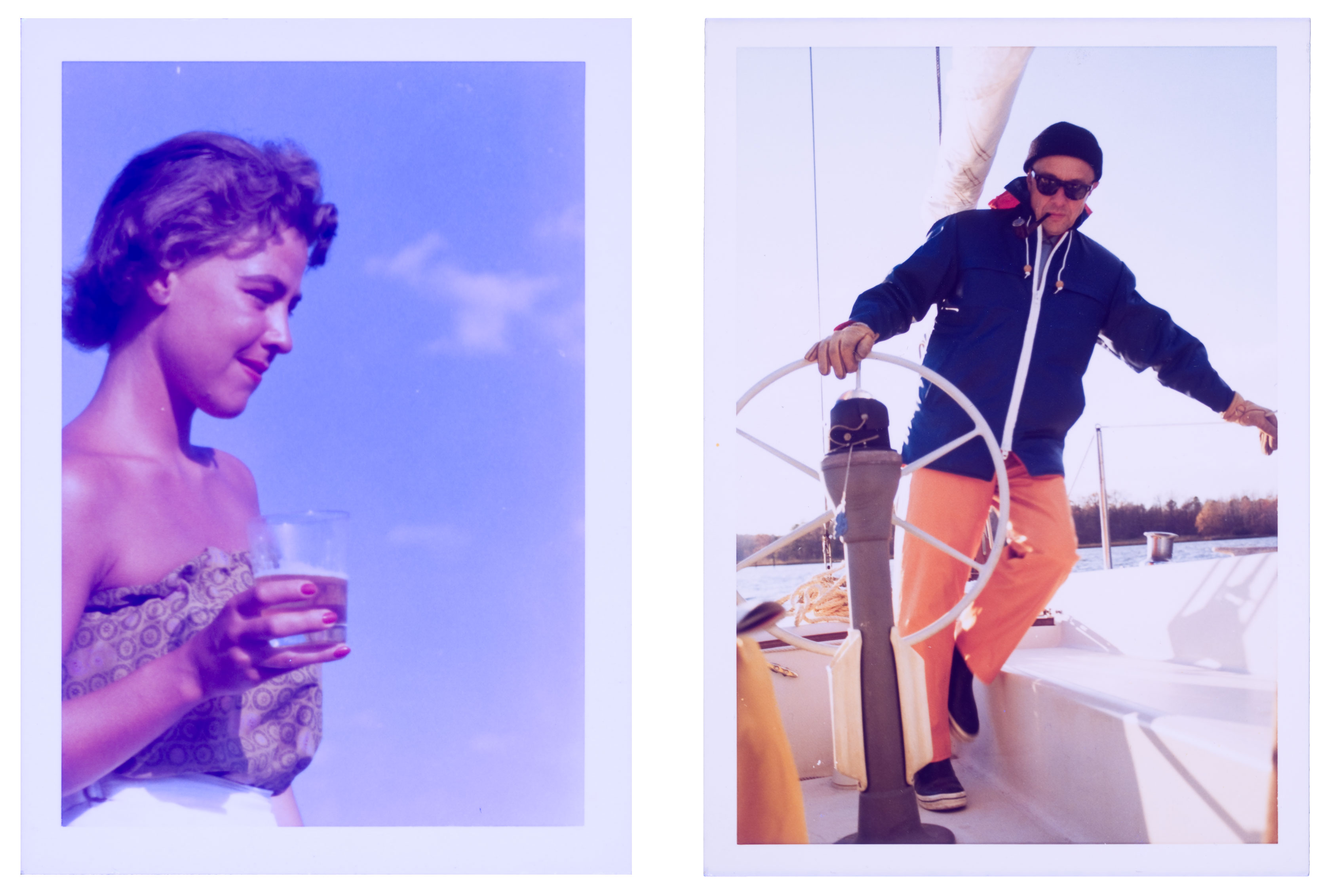Chromogenic Surface View
Surface sheen can vary depending on the support and structure of the print and post processing techniques, such as ferrotyping. Fiber-based prints are usually glossy due to ferrotyping. Prints on acetate and polyester supports have a high gloss surface sheen. Kodachrome prints exhibit differential gloss. Smooth resin coated prints typically have a glossy surface. Resin coated papers with an applied texture can have a semi-matte, semi-gloss, or glossy surface sheen.

Kodachrome prints like Kodachrome slides exhibit differential gloss.

Fiber-based prints are typically glossy as seen in the image on the left. Fiber-based prints could be ferrotyped to enhance the surface sheen.

Kodak RC consumer grade papers came in four surfaces, smooth glossy (F) and three textures (E, N, Y) resulting in a range of surface sheens.

Commercial papers made by Kodak and other manufacturers came with a range of textures and sheens.
Surface can texture can vary. Fiber-based prints have a thick, smooth baryta and therefore a smooth surface. Resin coated papers were introduced in 1968 with three different surface textures, a smooth surface and two distinct surfaces (Kodak silk also called Y and Kodak N). In 1976 another surface texture was introduced (Kodak E). To create the textures, pigmented polyethylene was extruded onto the paper support, passed through a nip and was cooled against a textured steel roller called a “chill roll.” Prints with cellulose acetate and polyester supports have a smooth surface.

Fiber-based prints have a smooth texture.

Kodak resin coated consumer papers had four surfaces. The “F” was smooth and “E” “N” and “Y” papers had applied textures. “N” has a very slight texture while “E” and “Y” have more distinctive textures.

Other applied textures were also available for commercial papers.

OBAs fluoresce under UV light. They counteract yellow discoloration.